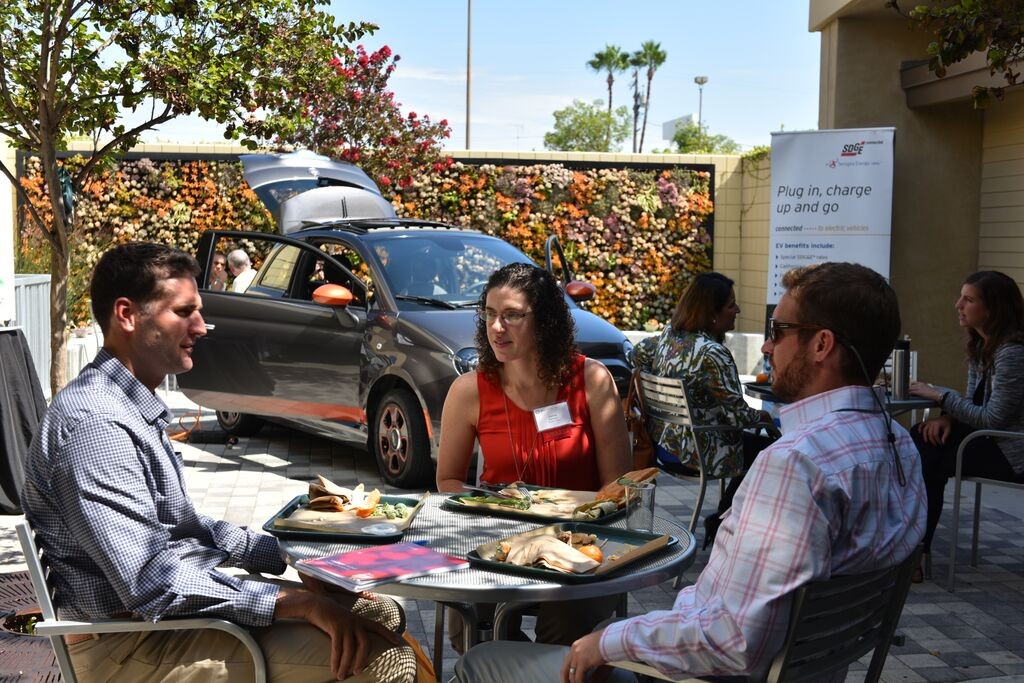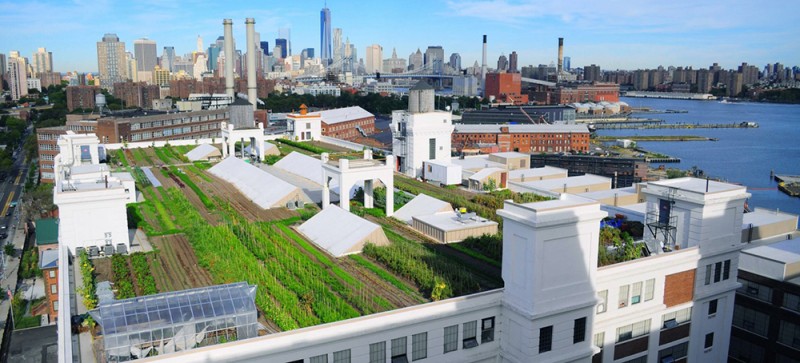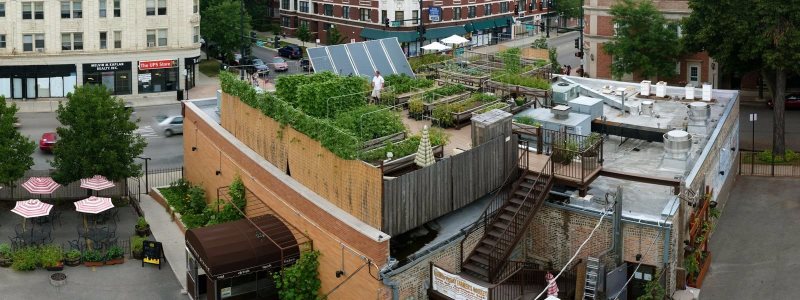
One of our favorite living wall projects at the SDG&E Energy Innovation Center provided the backdrop for the U.S. Green Building Council’s Sustainability Conference. Photo: Osia M. Strasner
It was great to see so many of you at the U.S. Green Building Conference on “The Value of Sustainability” held on September 22 at SDG&E’s Energy Innovation Center, where we have one of our favorite outdoor succulent walls. It looked fantastic if I do say so myself!
If you missed it, the conference featured local and national experts including yours truly talking about sustainable strategies on the triple bottom line: People, Planet and Profit. They aren’t mutually exclusive.
It was well attended and well organized. Due to the press of business at Good Earth Plant Company I wasn’t able to stay all day, but many people did.
I teamed with Karen Contreras of Urban Plantations for a panel presentation, speaking on the “Planet Track” our topic was “Urban Agriculture: The Who, What, Where and Why, and the ROI.” For those of you who aren’t familiar with this acronym, ROI stands for “Return on Investment,” and it’s practically a religion for business owners.
Our audience consisted of developers, architects, landscape architects, landscapers and homeowners.
Karen spoke first about her gorgeous work, benefits and some of the costs. Her experience with designing food-based landscaping is that it costs about half of the national average for traditional landscaping that includes lawn, perennials and annuals, shrubs and so forth These “foodscaped” yard yields are about 50 percent higher, and water use is 100 percent efficient. That’s music to the ears of all of us concerned about our water use during the drought.
When a foodscaped yard is sequentially planted with a different rotating crop each season, one single raised 32 square foot bed can feed a person for about a year. This is pretty amazing!
The benefits of foodscaping go way beyond filling your pantry. Growing your own food reduces the carbon footprint. Your fruits and vegetables are being produced closer to home (literally outside your door), and so they are traveling less distance on a truck burning fossil fuels. Foodscaping also reduces food waste due to spoilage during transport.
Foodscaping also yields health benefits, both physical (from healthier food and the activity involved in gardening, which is actually excellent exercise), and also the psychological benefits from being in nature and the endorphins produced by activity.
Once Karen got everyone excited about all the benefits, my focus was on the innovative and forward thinking application of roof top farms and edible walls. How can we encourage building integrated vegetation into our urban environment? What can we do to make it easier from a civic and financial perspective to create more edible walls and rooftop farms, not just in suburban backyards or in rural areas, but on buildings downtown, on vacant lots in City Heights, and anywhere there’s a little space, sunlight, water, and people to do the work?
This topic inspires me, and this is what I tried to convey. Along with the challenges which are very real, there are possibilities. As long as there are possibilities, you can do a lot about removing the barriers if you’re determined.
I also talked with people about our experience at Good Earth Plant Company with edible walls, from the early trials at our living lab to our edible walls for Pizzeria Mozza in Hollywood and Newport Beach, Seasons 52, and our own Terra American Bistro in La Mesa. I also described the community gardens, both tower gardens and stackable mini-wall gardens, we are now offering. Rooftop apiaries (beekeeping) are also a part of urban agriculture which are now permitted in San Diego County, including the one on our own roof! (More about this fun new fixture on our roof on our blog page later).

Brooklyn Grange is the world’s largest rooftop soil farm, located on two roofs in New York City. It grows over 50,000 pounds of organically-cultivated produce per year. Photo: Courtesy BrooklynGrangeFarms.com
Rooftop farms are sprouting up (get it?) all over the country including Lufa Farms in Montreal; the Brooklyn Grange Farm in Queens, New York; the Uncommon Ground restaurant in Chicago; and Hawaiian Acres Farmlife on the Big Island of Hawaii. I encourage you to click on all these links and check them out. Let them inspire you to build your own urban farm, even if it’s just a half-barrel or a single row of root vegetables. We all need to start somewhere.

